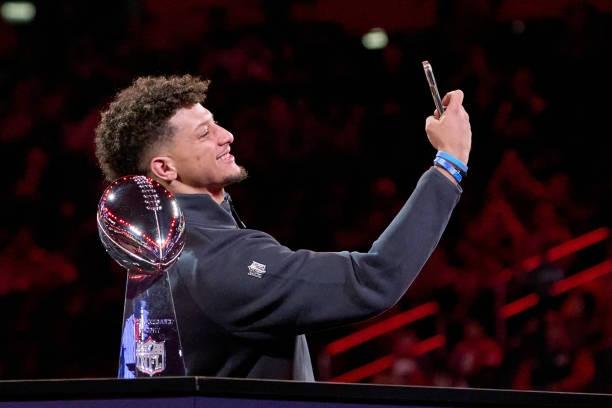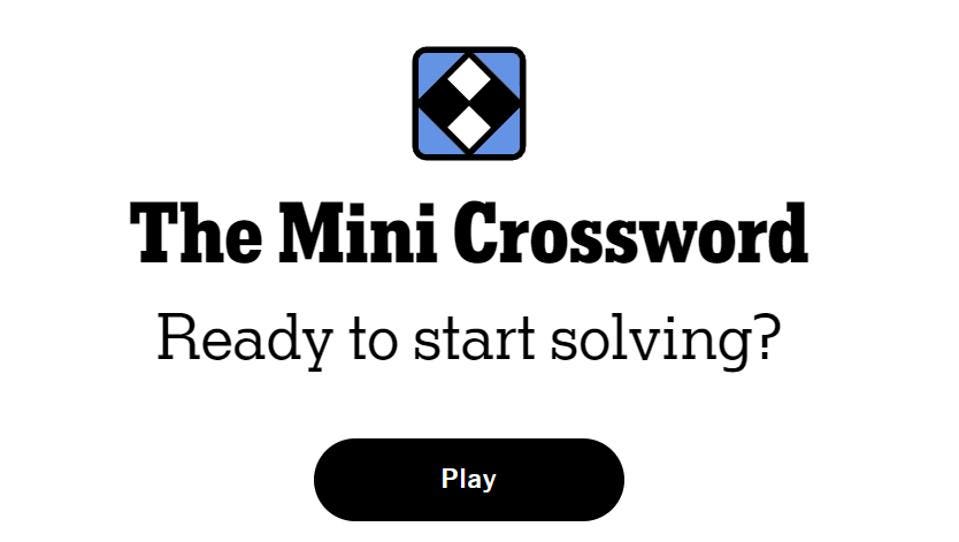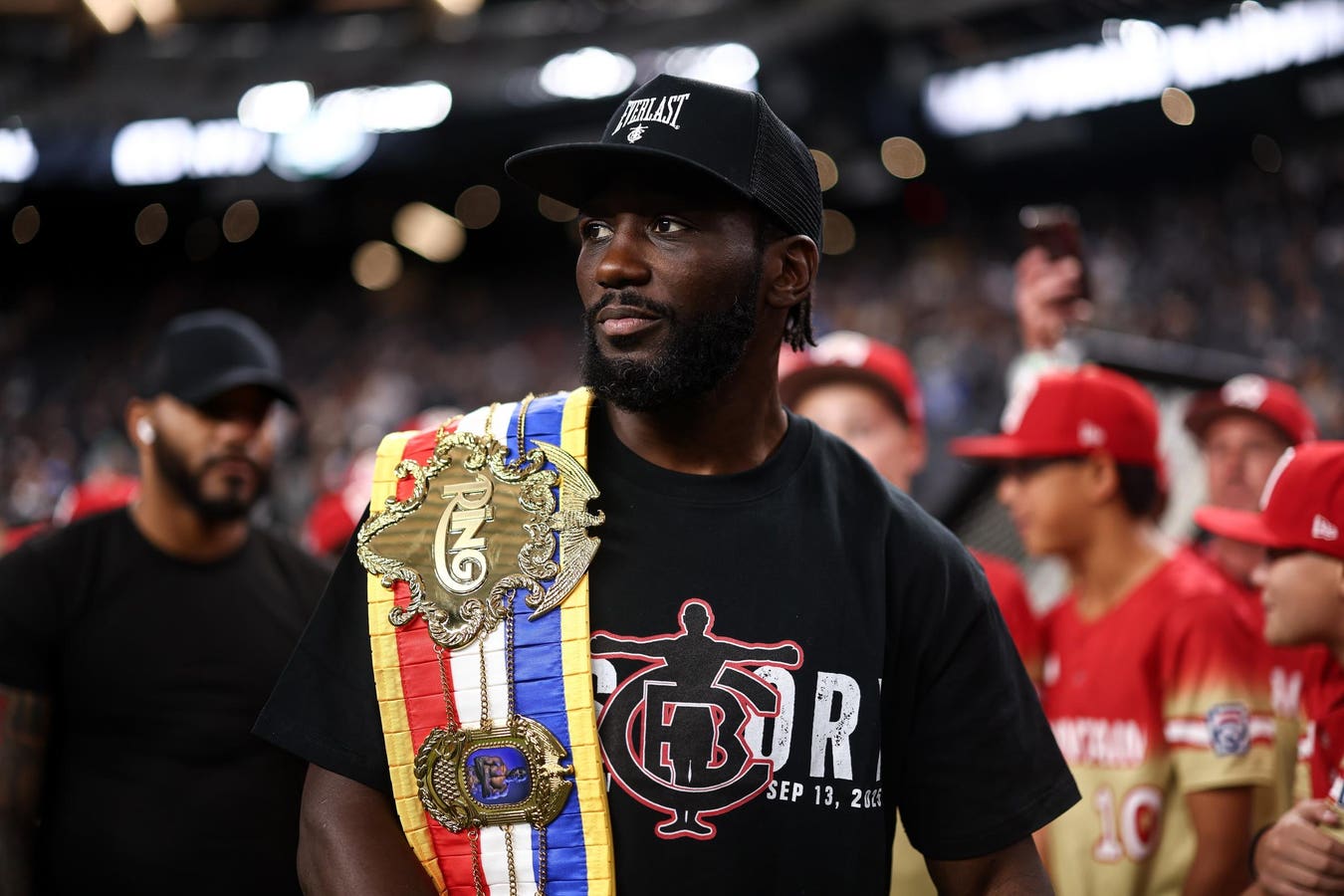Andrew Fingerman is the CEO of PhotoShelter, a leading digital asset management (DAM) software for brands and creative teams.
The relationship between sports and media has never been more intertwined. In 2023, 95.5 million Americans watched live sports on digital platforms. This shift from traditional TV to digital-first viewing habits has reshaped how fans experience their favorite teams and athletes. Younger audiences are leading this change: 65% of Gen Z fans are more likely to buy from brands associated with their favorite teams, and over half actively follow athletes on social media.
These numbers tell us fans don’t just watch sports anymore; they live them.
Highlights, behind-the-scenes footage and athletes’ post-game Instagrams all play a role in fan engagement. The challenge here lies in producing content quickly and consistently enough to meet fan expectations. The opportunity? Turning that content into real revenue.
Consider the NFL’s partnership with Nickelodeon during Super Bowl LVIII. By blending traditional broadcasts with interactive, gamified content on Roblox, the NFL captured the attention of more than 200 million fans through branded engagements. It was a highly effective way to attract younger audiences and sponsors.
Streamlining Content Creation And Distribution
Sports content operates on tight timelines. A game-winning play or a player’s emotional post-game reaction holds immense value, but only if it reaches fans quickly. Timing is everything. The longer it takes to share, the less impactful it becomes. Fans expect these moments to appear in their feeds almost immediately. If your organization isn’t posting them, someone else will. Every missed opportunity means lost engagement and by extension, lost revenue.
To meet these demands, sports organizations need efficient workflows. Digital asset management (DAM) tools have given creative teams the ability to capture, tag, organize and distribute assets in real time. Beyond that, automated highlight generation, computer vision for real-time tagging and AI-driven editing tools allow teams to surface and package content instantly. For example, AI-powered video clipping tools can scan game footage and pull key plays in seconds, enabling social teams to share highlights before the final whistle blows.
Like any new software or tool, implementation requires thoughtful strategy and organizations need to first ensure seamless integration with existing media workflows. When used effectively, these innovations not only speed up production but also enhance engagement and open new revenue opportunities.
Speed is important, but so is knowing where your fans are. TikTok’s trend-driven videos attract younger audiences, while Instagram Stories and Reels provide bite-sized player and team updates. The best strategy? Repurpose content across platforms. A TikTok highlight can be reformatted for Instagram and embedded in a newsletter—maximizing reach and ROI.
Turning Content Into Revenue
Content is also a direct revenue driver. Sponsors are looking for more than traditional logo placements. They want meaningful partnerships that bring their brands into the heart of the fan experience. High-quality content offers the perfect opportunity to integrate sponsors in creative and authentic ways. Whether a sponsored Instagram takeover or branded post-game interviews, the right content can deliver measurable results for both teams and sponsors.
Knowing how Gen Z are drawn to brands that align with their values, the New York Jets provided a great example during the 2024 season with their “Punt for ALS” campaign, raising over $101,000 for the Team Gleason Foundation, which supports individuals battling ALS. Weekly prizes, like signed jerseys and a grand prize of Super Bowl tickets, engaged fans while driving meaningful contributions to a worthy cause. When content reflects a team’s mission and values, it can forge powerful connections and lasting impact.
Broadcast deals, too, are evolving. While game footage remains essential, networks are increasingly looking for teams that can deliver compelling, multi-platform content. Stories like player profiles, behind-the-scenes access and pre-game rituals add enormous value to a broadcast. Women’s soccer has illustrated this point brilliantly. The 2023 FIFA Women’s World Cup broke viewership records, fueled by engaging digital content that went beyond the matches themselves.
Interactive experiences like live polls, augmented reality (AR) replays and gamified challenges turn passive viewers into active participants. This type of engagement deepens a fan’s connection to a team and creates new revenue opportunities. The Los Angeles Rams, for example, have introduced a shared AR platform called ARound at SoFi Stadium. Fans use their smartphones to view real-time 3D effects and participate in interactive experiences during games.
As a foundational principle, when implementing AR experiences, teams and leagues should consider how the AR content gives fans access to something they simply couldn’t have seen or engaged with before. This is a time-tested approach to creating compelling new content.
Future Trends And Opportunities
User-generated content (UGC) is on the rise, giving fans a direct role in the action. From TikTok challenges to halftime fan photos, these campaigns tap into fan passion while providing teams with authentic, low-cost content.
The NFL’s “NFL100” campaign, for example, generated nearly 7,000 UGC submissions and 126 million impressions.
AI-driven sentiment analysis will also be crucial in shaping content strategies for sports organizations. By flagging and filtering out negative moments—like an injury, tough tackle or angry fans—only the positive content reaches players and teams.
Localized content and multilingual campaigns are key to engaging a global sports market. The NFL’s International Games series successfully paired live events with region-specific social media and tailored broadcasts to make the league more relevant to local audiences. By leveraging platforms like Instagram Stories and YouTube, the NFL built stronger connections with international fans and expanded its global presence.
Content Fuels Sports Marketing And Revenue
The game has changed, and content is the MVP of sports revenue. It drives everything from sponsorship deals and fan engagement to broadcast rights and global expansion. But the success requires more than just producing great content. It demands strategy, speed and innovation.
As we look to the future, one thing is clear: Content is the key to building meaningful connections and sustainable revenue streams. Fans don’t just want to watch; they want to feel part of the story. Sponsors don’t just want visibility; they want engagement and alignment with their values.
As NFL Commissioner Roger Goodell emphasized, “You have to go where your fans are.”
Forbes Technology Council is an invitation-only community for world-class CIOs, CTOs and technology executives. Do I qualify?








